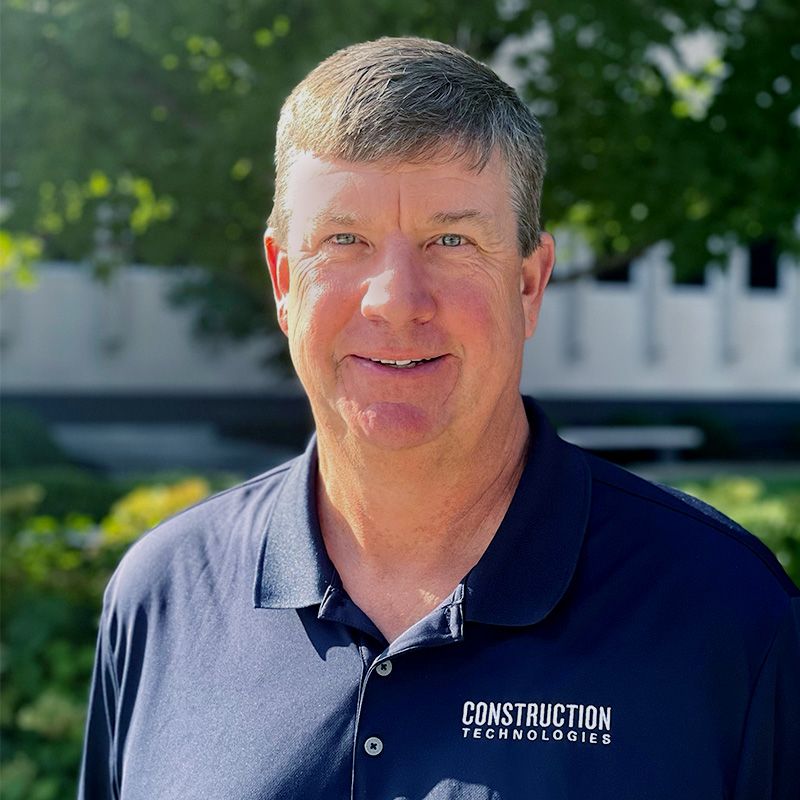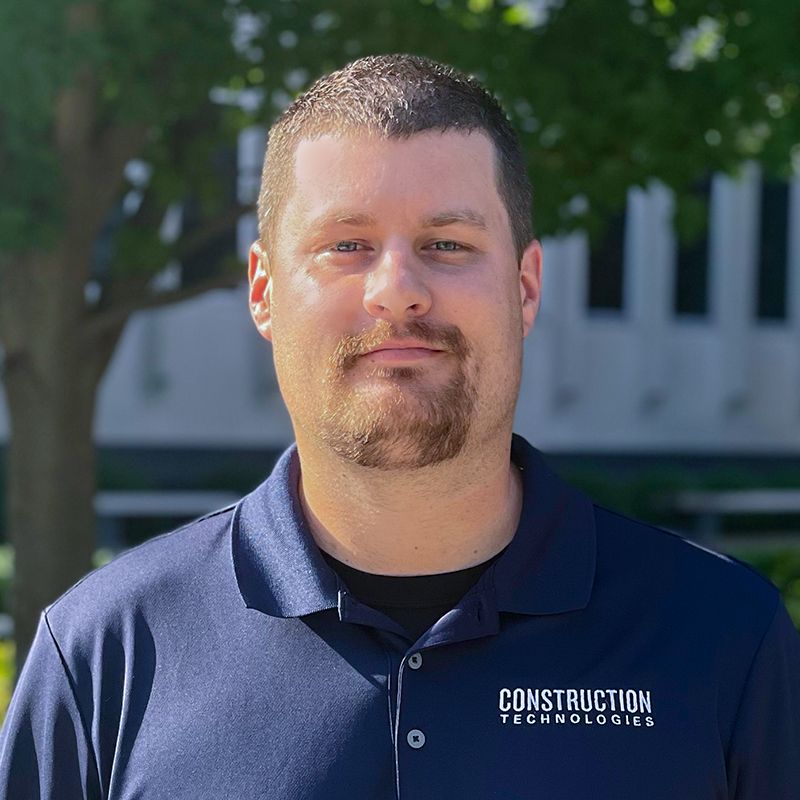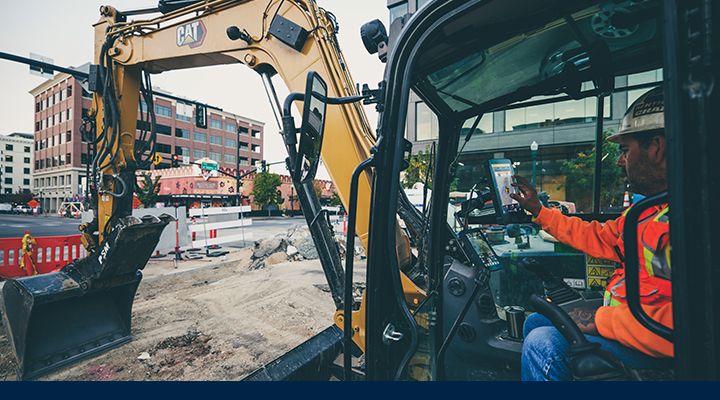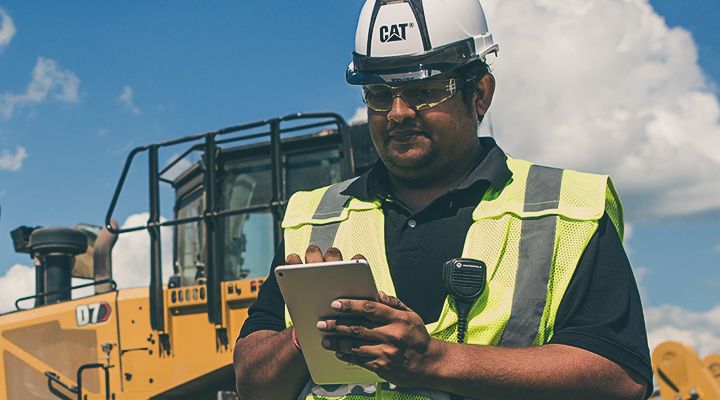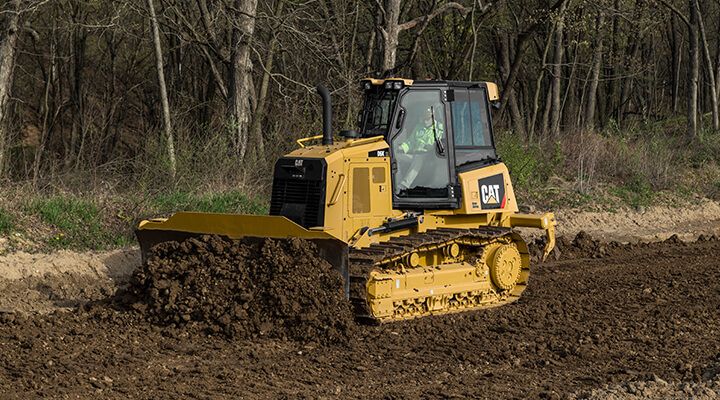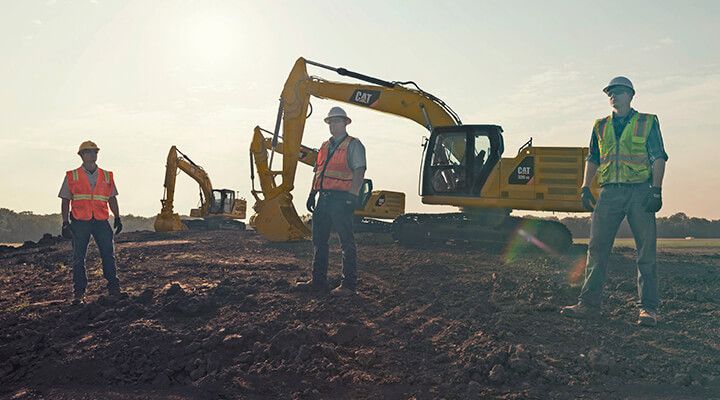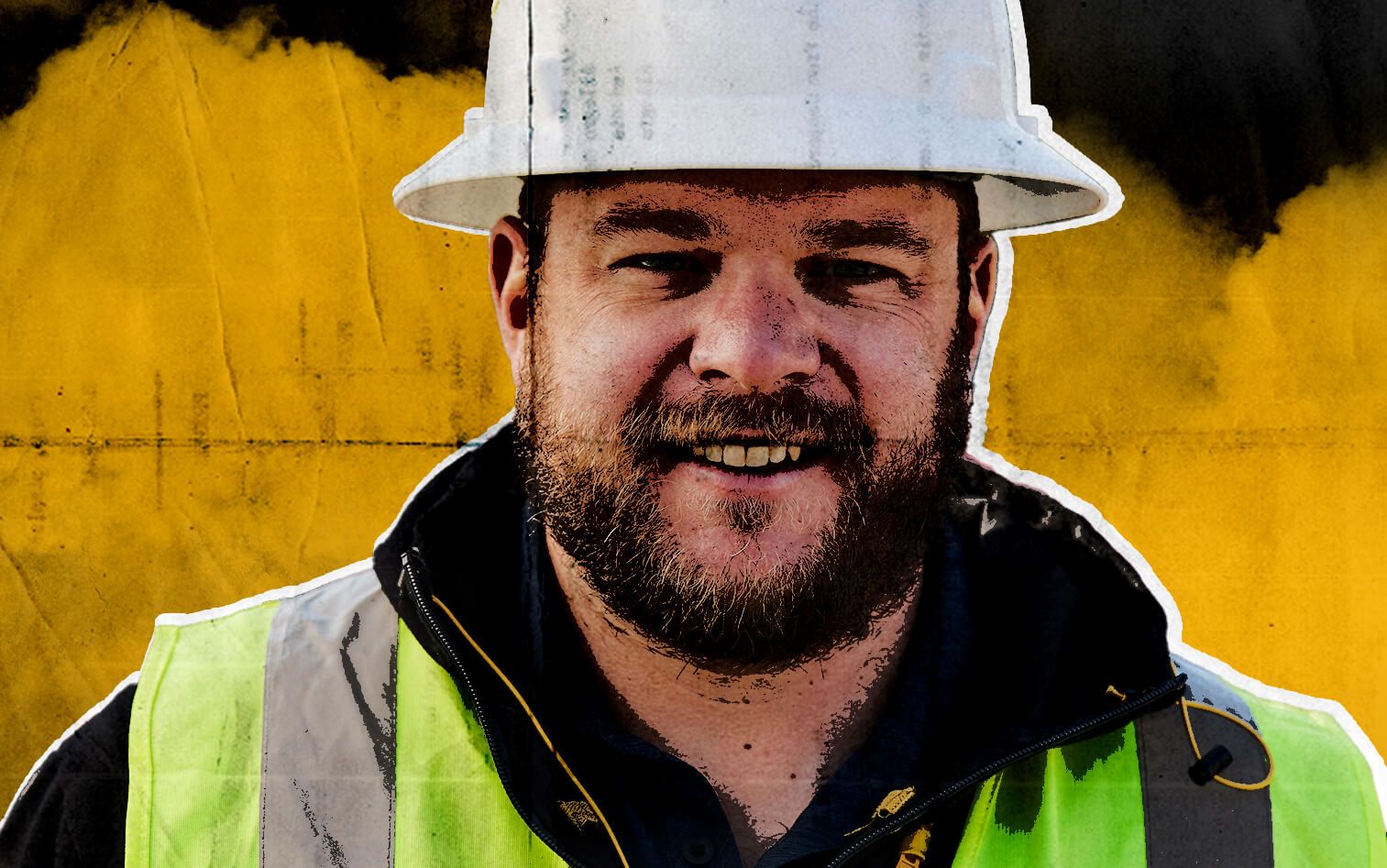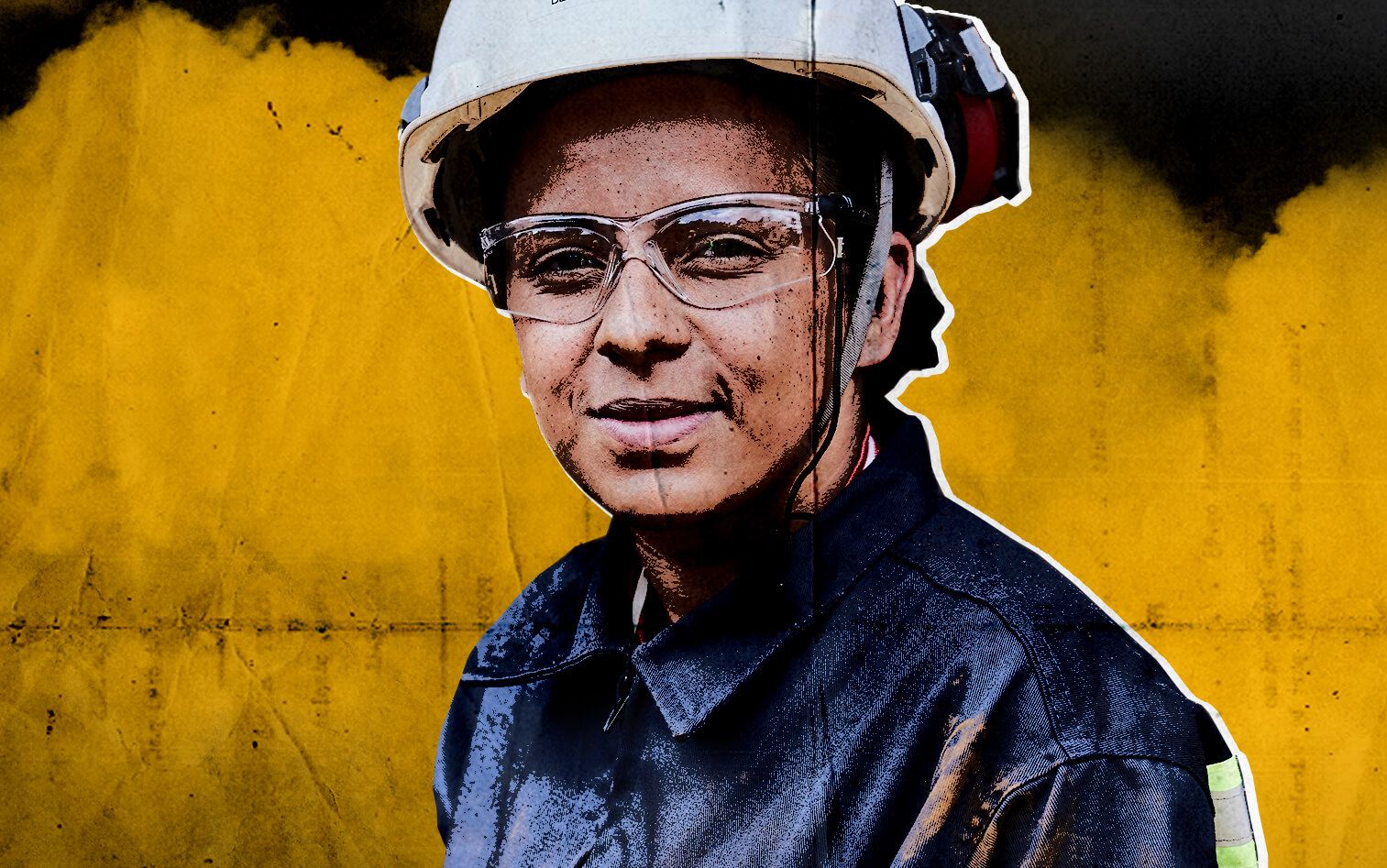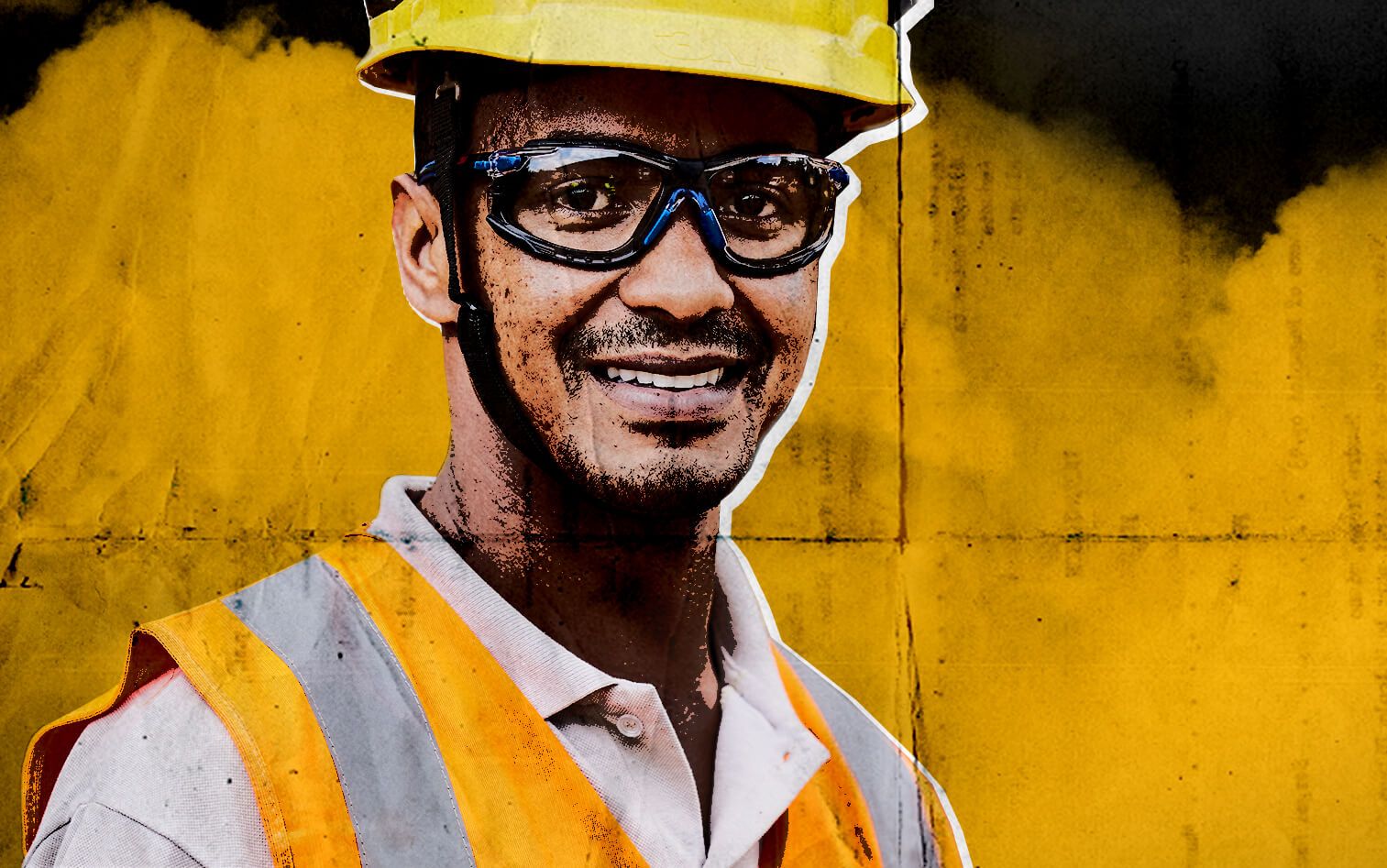

Sign In
Welcome! Sign In to personalize your Cat.com experience
If you already have an existing account with another Cat App, you can use the same account to sign in here
Register Now
One Account. All of Cat.
Your Caterpillar account is the single account you use to log in to select services and applications we offer. Shop for parts and machines online, manage your fleet, go mobile, and more.
Account Information
Site Settings
Security
Factory 3D Grade Control: The Smart Choice Now
3D grade control is a must-have for contractors working on big jobs like highways, shopping centers and subdivisions. But what if your projects don’t require it — yet? Should you invest in machines with integrated technology now or add on aftermarket solutions later? We asked two Cat® Grade experts to weigh in on the best option.
First Things First: Do I Need 2D or 3D?
The type of grade control you need depends on the type of work you do. 2D grade control comes standard on many machines today. It’s ideal for helping operators perform basic tasks: digging basements or footings, putting pipe in the ground, building flat pads or cutting slopes.
But if you’re stepping up to more complex applications — jobs with hills, contours and rolling terrain — you'll benefit from factory 3D grade control. And it's not simply a nice-to-have. For more and more of these projects, it’s mandatory.
“Contractors often make the jump to 3D when they get into jobs that have a design plan associated with them,” says Alex Lambert, North American Cat® Grade Product Specialist. “When the engineering firm or developer gives you a plan to work from, you need 3D grade control to execute it effectively.”
Got It. Then I’ll Just Add 3D When I’m Ready.
That’s an option. There are some excellent aftermarket 3D grade control offerings available from Trimble, TopCon, Leica and others. But adding 3D hardware to an existing machine can present challenges. Be sure to think about:
- The cost of lost production time: Downtime for installation varies by machine and system, but expect it to take at least a day to add an aftermarket 3D solution to a newer model. For older equipment, it could be longer. Can you afford to take a machine off the job for that long — or pay extra for off-hours work? “Think of it like putting in an outlet in a new house after you’ve already put up the sheet rock,” says Scott Hagemann, Senior Market Professional for Cat® Grade. “There’s more cost because it’s more labor-intensive.”
- The lack of integration: Equipment manufacturers don’t share all their intellectual property with aftermarket suppliers. That means no third-party solution is ever fully integrated into your machine. Suppliers may be unable to leverage existing harnesses or hardware. They may have to mount displays — which are often single-use versus multi-functional — in less-than-ideal locations. They may find it trickier to add options like laser systems. All these limitations can affect ease of use as well as durability.
- The availability (and consistency) of support: How robust is your aftermarket supplier’s support network? Some are small mom-and-pop operations that do a great job locally but might not offer the same, if any, coverage in other locations. That’s an important factor to consider, especially if your work is regional or national. “You should expect the same level of service you get for your equipment,” Lambert says. “It should be as easy to get support for grade control as it is to get a bolt or a filter.”
“A 3D-ready machine is a way to dip your toe into the water.
You make a small investment now, so that when you're ready to make the bigger investment, it's that much easier.”
- Scott Hagemann, Senior Market Professional for Cat® Grade, Caterpillar
Grade Control For Every Job, Every Machine
Dozers, excavators, graders, pavers and more — you can use Cat Grade across machines and applications to help operators hit targets right on the money, faster and in fewer passes.
SEE HOW
So You’re Saying A Factory 3D Grade Control Solution Is Better?
There are definitely advantages to choosing a machine with factory-integrated 3D grade control — one that has the hardware built in and tested at the factory. For example:
- Factory installation helps ensure quality, durability and consistency. “Coming from the factory, the system is designed with your machine,” Hagemann says. “It’s the same robust process for installation every time, and one company is doing all the tuning and testing.” Equipment manufacturers can also offer consistency across products — simplifying operation and shortening learning curves for operators moving from machine to machine.
- Built-in components are harder to damage and steal. Because they’re designed along with your machine, factory-integrated 3D sensors, antennas and other components tend to be “hidden” and out of harm’s way — helping reduce the risk (and cost) of damage and theft. Often, factory 3D grade control hardware is so well integrated it’s not even visible on the machine, which can deter thieves.
- One-stop shopping can save you time and hassle. Think of a factory-integrated solution as a package deal. The same warranty covers machine and technology, often with the ability to add extended protection. If you finance the purchase, there’s a single loan or lease to manage. Operators don’t need two sets of training. And if you have questions or need service or support, there’s just one number to call — that of your equipment dealer.
That’s All Great, But I Can’t Afford To Buy A Machine With 3D Right Now.
Don’t assume factory 3D grade control is out of your price range. Instead, ask your equipment dealer about the availability of “3D-ready” equipment. That’s a machine that comes with all the necessary grade control hardware built in and tested at the factory — the software just isn’t activated yet.
“A 3D-ready machine is a way to dip your toe into the water,” Hagemann says. “You make a small investment now, so that when you’re ready to make the bigger investment, it’s that much easier.”
And it is easy: With a 3D-ready machine, when you decide to turn on the system, you just pay a one-time activation fee and your equipment dealer updates the software — a process that can be done remotely.
“It helps future-proof your equipment,” Lambert says. “It gives you the flexibility to do what you want, when you want.”
Cat Grade With 3D For Dozers
This factory-integrated grade control system helps operators improve grading efficiency, accuracy and productivity using automated blade movements.
I’m Ready To Learn More. What’s The Next Step?
The first step is to take a good look at your applications — the work you do today and the work you plan or hope to do tomorrow. That can help you decide if 2D grade control is sufficient or if you need to step up to 3D.
“You might not be a 3D customer now,” Hagemann says. “But if you know you’re going to grow your business, if you see yourself moving into more complex or bigger jobs, go ahead and get the hardware on there now.”
Then, ask your equipment dealer for a demo or even the possibility of a rent-to-purchase arrangement. That gives you the opportunity to use factory 3D grade control and see the benefits it can bring to your operation before you make a significant financial investment.
“I’ve never met a customer who turned the technology back in because it didn’t save them money,” Hagemann says. “In fact, once they see what 3D grade can do, they usually say, ‘I wish I would have gotten this sooner.’”

Scott Hagemann
Scott Hagemann has almost two decades of experience in construction technology at Caterpillar. He works with Cat Dealers, Sitech dealers and Trimble on Cat factory GRADE systems worldwide. He joined Caterpillar in 1994, and is currently the Senior Market Professional for Cat® Grade, based in Peoria, Illinois.

Alex Lambert
Since an early age, Alex Lambert has spent a lot of time in and around machines, with a family heavily involved in the forestry, engineering and construction industries. Before Caterpillar, Alex worked in civil construction on large-scale projects, including many major airports and large highways across North America. In 2021, he joined Caterpillar as a Demonstrator Instructor at Edwards Demonstration and Learning Center where he specialized in Cat technology products. Today, Alex is the North American Cat Grade Product Specialist, working with customers and dealers to understand their goals and align them with the Cat Grade products and other construction technologies that meet their needs, now and into the future.

